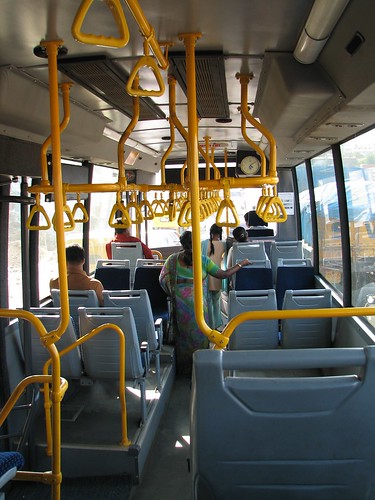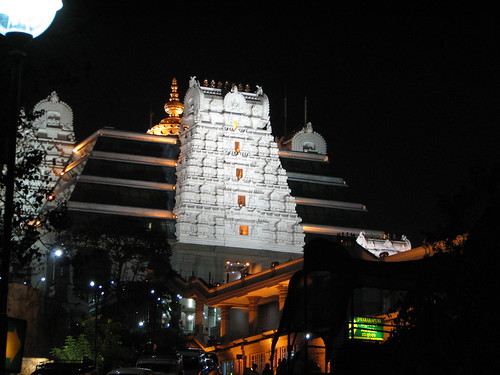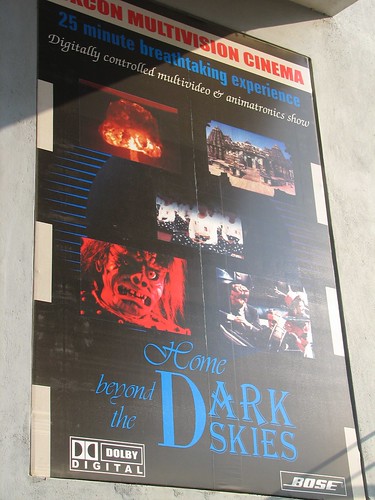Brand It Like Dabbawalla.Last week, I saw one company, which was certified a global certification in process improvement approach that is based on a process model. A process model is a structured collection of practices that describe the characteristics of effective processes, the practices included are those proven by experience to be effective. There were lot of celebrations and '
yes-we-are-there' feeling was billowing in the environ. Yesterday late night while I was going through my regular RSS feeds, read
one news that made me think, the difference in approach and practicality of its application.
"The Mumbai dabbawallas have been a world-famous case study. How they operate with virtually no logistics is what amazes the whole world. In our management textbooks, we can only teach students certain theories and how those can be applied. But these people can show how logistics problems are solved in reality. This will not only be a learning experience for our students but also for the students from Nabraska University," said professor Probir K Gupta, dean of VGSOM.
Members of the Mumbai Tiffin Box Suppliers Association (MTBSA) gave a lecture at the Vinod Gupta School of Management (VGSOM) IIT, Kharagpur, on logistics and supply chain management on Mar’12th. The audience included students and teachers of the engineering and management sections of IIT Kharagpur, along with 30 students and 7 faculty members from University of Nabraska Omaha, US.
This is not the first time that the dabbawallas of Mumbai have offered a lecture, they have done so in almost all the top business schools in India, including the IIM’s.

Now, a simple guess what do global giants like General Electric and Motorola have in common with a humble tiffin delivery network comprising 3500+ dabbawallas, who deliver 1.5 lakh lunch boxes to citizens in Mumbai each day? The dabbawallas have the Six Sigma rating or an efficiency rating of 99.999999, which means one error in one million transactions. Forbes Global, the famous American business weekly, has given this rating to them. They apply in a simple and pragmatic way the principles of logistics, operational efficiency and supply chain management.
But have we ever reconginsed them and acknowledged the innovation that these largely illiterate dabbawallas have done. I guess they have been in news on and off and their case studies have been discussed at large at the top MBA schools in India and in other
parts of the world. Beyond that nothing much,
why?
The reason is simple. These dabbawallas never attended business schools, corporate board meetings, exchanged business jargons but the way they run the show is like Nadia Comaneci’s Perfect 10. They are management gurus with a difference lacking the
chamak dhamak and polish of corporate culture. They work with their heads and speak from their hearts. They do not speak English and what if many of them are illiterate and wear white kurtas and
Gandhi topis and not the business attire of
suit-boot babu style. Each dabbawala, like any businessman, has his share of investment, two bicycles (approximately Rs 4,000), a wooden crate for the tiffins (Rs 500), at least one white cotton
kurta-pyjama (Rs 600), and Rs 20 for the trademark Gandhi topi. Let’s do a simple calculation assume that 4000 (cycles) + 500(wooden crate) = Rs. 4500, this remains constant for say 12 months (note this is an over stepped up estimation, the usage of cycles and the crate is for a much more longer duration) and the 600 (
kurta-pyjama) + 20 (
topi) = Rs 620 spent say every 3 months. The Dabbawallas still offer their services at dirt-cheap price (Rs. 300/month), to satiate the hunger of their customers with a clockwork precision. The organization treats each of its members as a shareholder and pays anywhere between Rs. 5000 to Rs. 6000 per month.
Think about survival in a city like Mumbai, with this
mehgainyee with Rs.6000 a month, this amount is not for a single person but for a family comprising on an average say 4 members.
Still they deliver and deliver
shaan se and
dil se.
Shaan se because :
They have no trade unions and till date there has hardly been any strike posed by the group members on grounds of mis-understanding or disparity of views and understanding.
Dil se because :
Even in this age of mobile and internet, suppose a house-wife wants to pass of some important document that needs to reach the husband, a small pocket in the dabba’s bag becomes the via media for the transfer, of course the delivery man is the dabbawalla. The
dil ka connection runs so deep that even
Nokia roped in these people for its latest branding exercise.

Their secret lies in a coding system devised over the years. Each dabba is marked in indelible ink with an alphanumeric code of about 10 characters, like. In terms of price and the reliability of delivery, dabbawallas remain unbeatable.
See here, how one of the Mumbaite is so pissed off by the accuracy that, he wants some amount of in-efficiency to creep in, so that he can have food made by someone else other than his dharmpatni who anyhow prepares food for his breakfast and dinner.
Oh kismat, oh badnaseebi, what hast thou done to me? Shouldn't they come down to Sigma 4 or even 3 levels and make mistakes more often so that at least once or twice a month everyone gets a dabba cooked by someone else's spouse?
With their six sigma standards, they make only one mistake in 60,00,000 deliveries. Their
website states that they make 1,75,000 deliveries a day. Excluding Saturdays and Sundays there are about 250 working days in a year.

By giving this one example, all that I am trying to convey is that the innovative potential of the people does not plummet to zero, when the people are illiterate or semi-literate. This group of people has achieved something stupendous, the simplest way that even business tycoons like
Richard Branson of Virgin Atlantic Airways fame can’t ignore their business model.
"It is always good to experience the local flavour of the city with local people rather than sitting in a hotel. It is fascinating to enjoy the feel of the city with such a simple group of people," he [Branson] added.
Dabbawallas achieved another milestone when Shobha Bondre wrote a book on them titled "Mumbaicha Annadata", which was released by Maharashtra Chief Minister Vilasrao Deshmukh.
Prince Charles was so mesmerized by the operation style that he had sent invitations to few of them for his wedding. In reply, Raghunath Medge and Sopan Mare couriered their gifts to Camilla
behen and Charles
bhau.
Like in any business, with growth comes the question of expansion. The dabbawallas had also thought of this but then declined the plan for obvious reasons.
"Mumbai's geography makes it unique," Medge points out. "It is a longish city where residences are in the north and offices in the south, so it makes our work simple. We tried a similar service in Delhi a few years ago and it didn't work out; Delhi being a circular city, the logistics were difficult."
Next time you feel Hungry kya? What would you like, pizza from the local Domino's (30 minute delivery) or a fresh, hot meal from home? Ask any Mumbaite and you have the answer. With the rise in fast food joints and meals available everywhere, the number of people who eat their lunch from dabbas has plateaued but still this team goes on and on and on the life continues...
A few days back I was having a chat with a colleague of mine, over the mechanism that drives the knowledge industry and the dabbawallas with the epicenter of discussion being processes and quality control. She went ahead and re-affirmed her stance that the knowledge industry is altogether different and here we play with tons of data/information etc. My reply was "
So What?" . Just as a knowledge industry worker/programmer deals with data, the dabbawalla deals with dabba, note that
"d" is the common letter, just with a different implication and signifance in a different scenario.
For a knowledge industry worker/programmer his/her playground is the data that s/he has and s/he dribbles with it to meet the end results. So is a dabbawalla, the dabba is his world and he dribbles it through
Andheri, Borivli, Mulund, Church Gate, etc and makes it reach his customer.
Was I correct or in-correct, even I don’t know? Post replies with your views,
email on my profile.
All have heard or read about the dabbawallas, but do you know the
tiffinwallas, another great story to reckon.
Keep reading and remain connected.
Labels: branding, business, culture, India, process, simplicity
 One fine day J. Walter Thompson un-ceremonially dismisses him, thanking Gill for his service for more than two and a half decades. A high profile executive is now unemployed and that too at a time when he discovers that he is a new father with a woman he had an affair with and needs to take care of a little girl. The affair brings an end to his twenty-year marriage and he is isolated from his former wife and his children. Life comes to a sudden halt as Gill is also diagnosed with a small tumor in his head. Depression and cover of darkness dominates Gill's life.
One fine day J. Walter Thompson un-ceremonially dismisses him, thanking Gill for his service for more than two and a half decades. A high profile executive is now unemployed and that too at a time when he discovers that he is a new father with a woman he had an affair with and needs to take care of a little girl. The affair brings an end to his twenty-year marriage and he is isolated from his former wife and his children. Life comes to a sudden halt as Gill is also diagnosed with a small tumor in his head. Depression and cover of darkness dominates Gill's life.
















